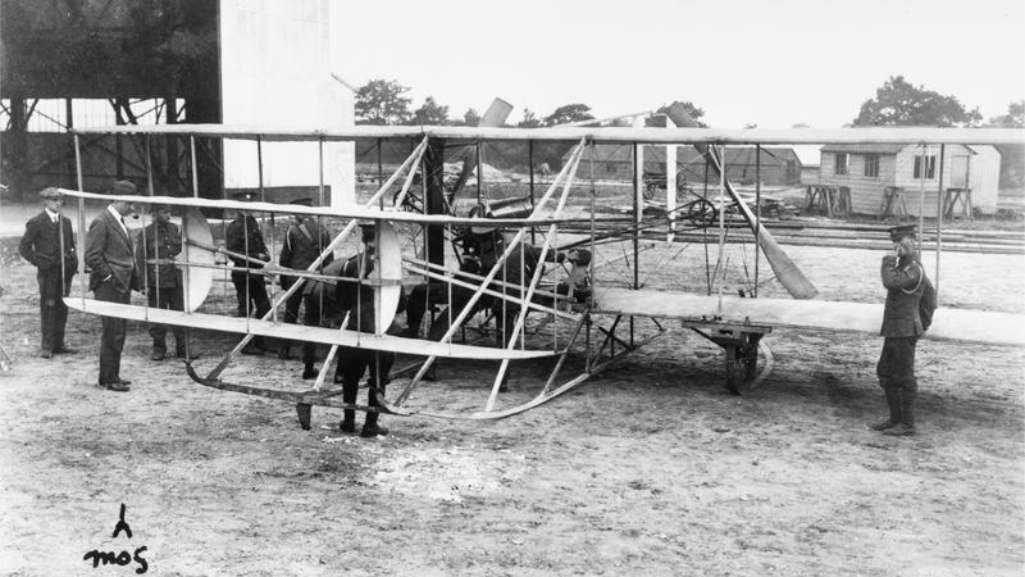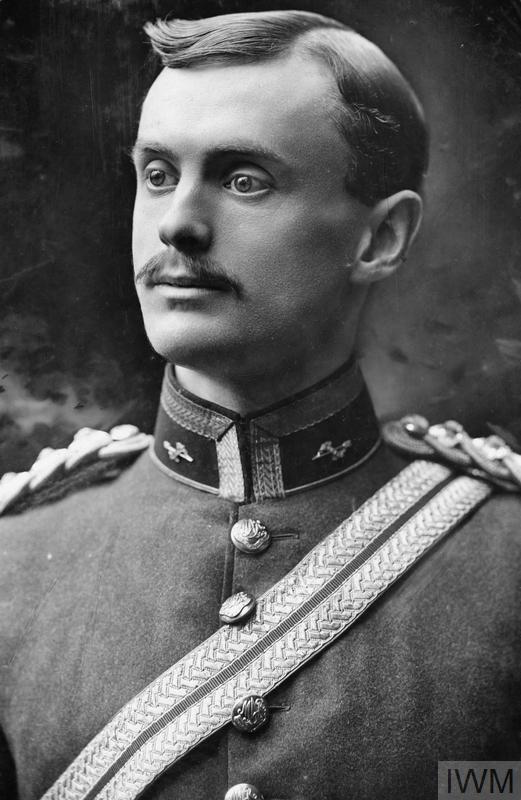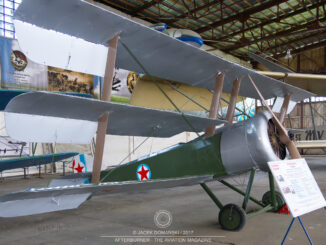 On 2nd June 1910, Charles Rolls made a non-stop double crossing of the English Channel with a Wright aeroplane.
On 2nd June 1910, Charles Rolls made a non-stop double crossing of the English Channel with a Wright aeroplane.
Charles Steward Rolls, the British aviation and motoring pioneer, was born on 27th August 1877 in Berkeley Square, London as the third son of the 1st Baron Llangattock and Lady Llangattock. Therefore, he received a solid education, corresponding with his position.
During his studies at Eton College, Charles Rolls discovered his passion for engines and soon earned a nickname ´dirty Rolls´. In 1895, Rolls started to study mechanical science at Trinity College of Cambridge University. Next year, he went to France to buy his first car and in 1897 became one of the founders of Automobile Club of Great Britain. In 1903, Charles Rolls opened his own car dealership in Fulham, C.S. Rolls & Co., importing and selling cars from France and Belgium.
Besides his interest in motor cars, Charles Rolls grew fond of flying machines and became the pioneer aviator. Already in 1901, together with Frank Hedges Butler and his daughter Vera, Rolls founded the Aero Club of Great Britain (in 1910 renamed the Royal Aero Club). Initially, the club was focused on ballooning and ´aero auto-mobilism´. Two years since its establishment, Charles Rolls won the Gordon Bennet Gold Medal for the longest single flight time in a gas balloon.
On 4th May 1904, Charles Rolls met with Frederick Henry Royce, an engineer who just started to design his own motor cars. Their meeting was arranged by Henry Edmunds, mutual friend of both men and a member of the aforementioned Automobile Club. Royce´s designs aroused enough interest of Rolls and soon both entrepreneurs decided to establish a partnership they named Rolls-Royce Limited. The new company had its seat in Manchester.
Due to his pioneer achievements, Charles Rolls had the luck to meet with Orville and Wilbur Wright. The Wright brothers left their unmistakeable mark on Rolls and his love of aviation, switching his main interest to heavier-than-air, powered aircraft. He became the second British citizen to fly in an aeroplane, taken into the skies by Wilbur Wright in October of 1908. At that time, Rolls encouraged his business partner, Henry Royce, to design the company´s first aero engine.

In 1909, Rolls bought a Wright aeroplane, made in the United Kingdom under license by Short Brothers. Within approximately one year, he completed more than two hundred flights.
On 25th July 1909, Louis Blériot became the first person to cross the English Channel in heavier-than-air, powered aircraft. This accomplishment made headlines around the world and France was merely considered as the leading country in aviation. Strongly motivated by his patriotism, Charles Rolls almost immediately announced he would fly a similar feat on his own, to lift the spirit of the British nation – non-stop, double crossing of the Channel.
Nevertheless, preparations for the flight took him almost a year. On 2nd June 1910, at 18:30 hours, Charles Rolls took-off in his Wright aeroplane from Swingate, Dover area. He reached France at 19:15 hours, turned back and landed in Dover at 20:00 hours. That impressive feat took him ninety-five minutes of flight and, in addition, was also the first eastbound aerial crossing of the English Channel. For that feat, Charles Rolls was awarded the Gold Medal of the Royal Aero Club.
Approximately a month later, Charles Rolls made the aviation history again – however, in a very sad way. On 12th July 1910, at the age of 32, Charles Rolls was killed in aviation accident. While performing a flying display in Bournemouth, tail wires of his Wright aircraft suddenly broke and the aeroplane hit the ground.
That way Charles Rolls became the first British citizen killed in aviation accident of a powered aircraft, as well as the first person killed in powered aircraft in the United Kingdom.
The Rolls-Royce Limited company survived the death of one of its founders. Initially, Henry Royce focused on development of superior engineering and luxury cars. Since the World War I, the company expanded its offer to aviation engines. Soon, their Merlin and Griffon powerplants became almost legendary, highly rated by aviation professionals.
Regrettably, in 1971, the Rolls-Royce Limited was liquidated due to financial issues. Some parts of its business were nationalized under a new, government-owned company that preserved the ´Rolls-Royce´ brand name until today.
In the end, the double crossing of the Channel by Charles Rolls was only the achievement of local importance. Today, more than one hundred years from the event, the first flight across the Channel by Louis Blériot is the well-known milestone of the aviation history, while Charles Rolls´ feat is almost forgotten.
Cover photo: The Wright brothers aircraft at Farnborough being inspected by a small group of soldiers. The image has an additional caption that says ´January 10 Charles Rolls “Wright” biplane the first aeroplane owned by the British War Office´ © IWM RAE-O 615. IWM photos used under Non-Commercial Licence.



